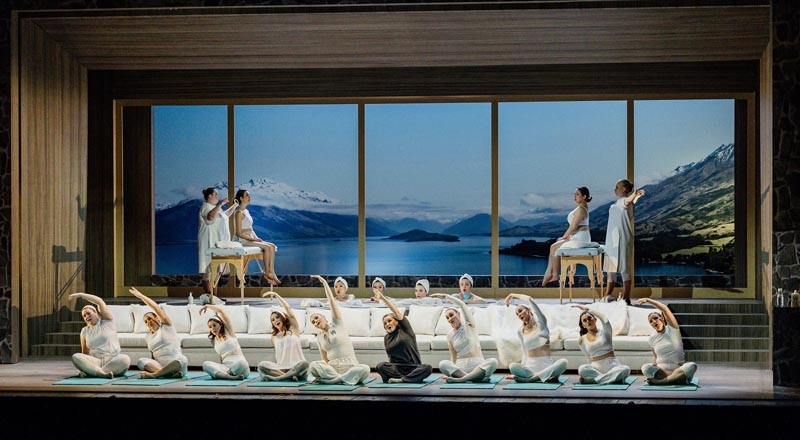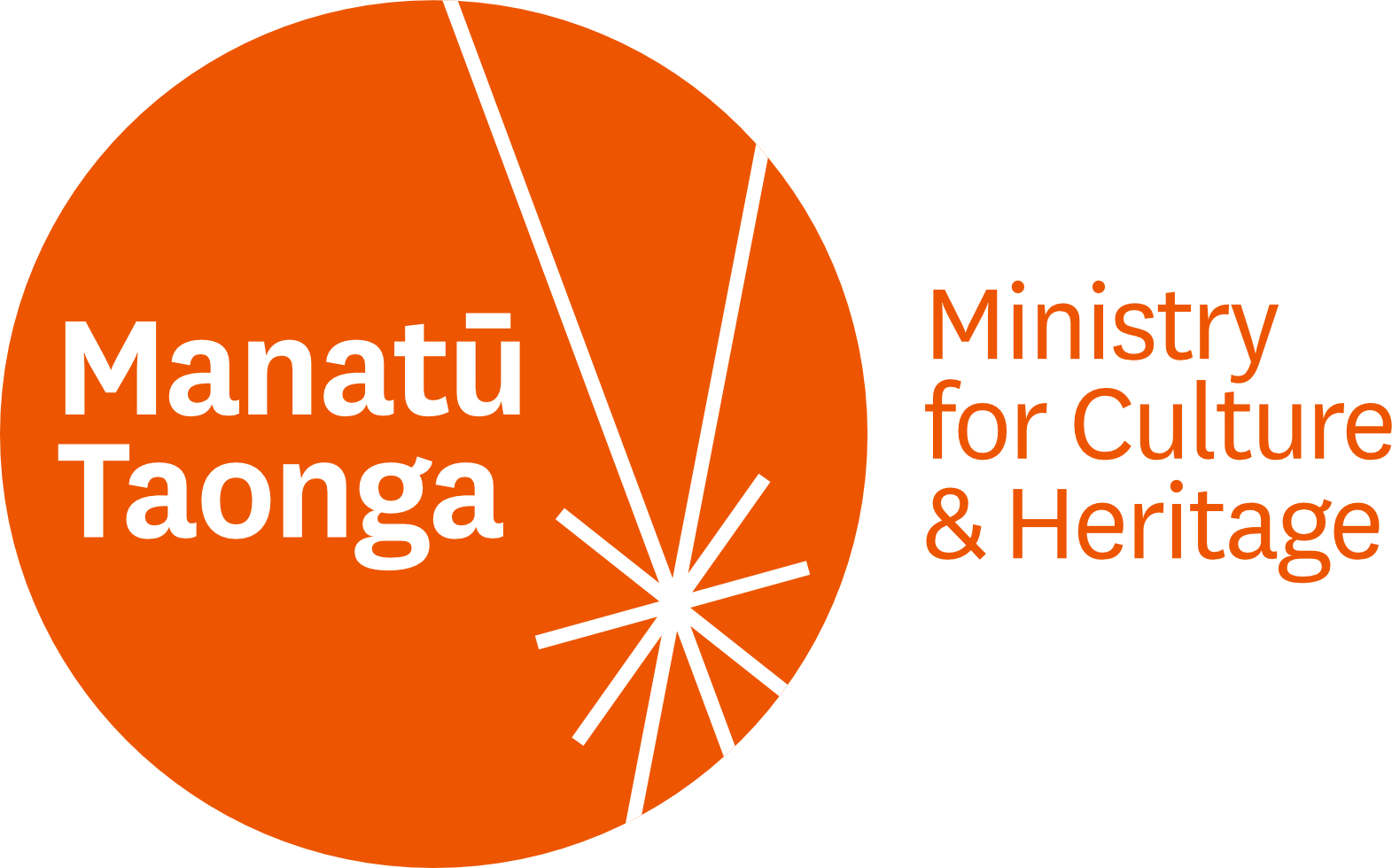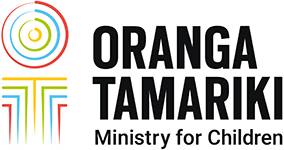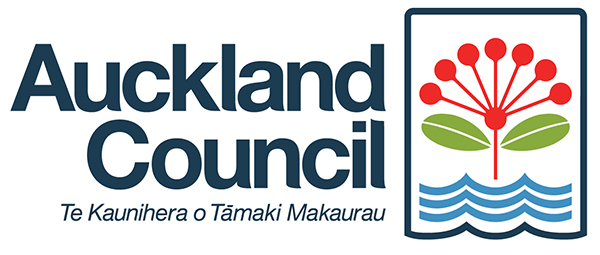
“For a country with a population of just over five million, New Zealand shows a tremendous commitment to accessibility both for its performing artists and their audiences,” writes Nicole Gluckstern, a freelance writer based in San Francisco.
The article, New Zealand’s Disability-Led Path to Accessibility in the Arts, provides an overview of the arts sector’s support for accessibility and disability-led arts in Aotearoa.
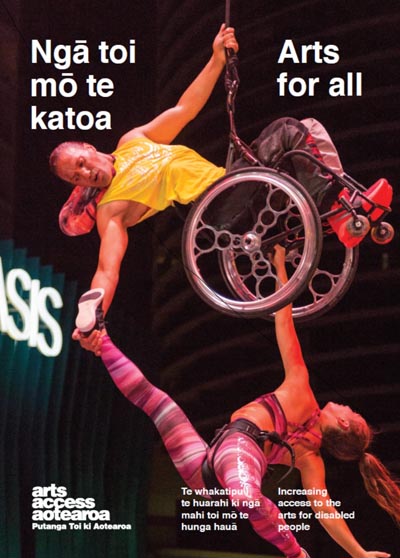 The writer describes New Zealand as “a global leader in accessibility in the performing arts”, highlighting NZ Opera’s accessibility options such as Braille surtitles, touch tours and audio description, Easy Read and free companion tickets.
The writer describes New Zealand as “a global leader in accessibility in the performing arts”, highlighting NZ Opera’s accessibility options such as Braille surtitles, touch tours and audio description, Easy Read and free companion tickets.
At Arts Access Aotearoa, we know there’s much more for us all to do to recognise and uphold the rights of Deaf and disabled people in this country, and encourage even more arts and cultural organisations to improve their accessibility.
We are also focused on ensuring Deaf and disabled artists and writers are recognised as leaders in the arts with much to contribute.
Fifteen years ago, back in 2009, Arts Access Aotearoa wrote and published a guide to accessibility called Arts For All: Ngā toi mō te katoa. Funded by Creative New Zealand, Arts For All has been the cornerstone of the national Arts For All Network, which we established in 2010.
Before the guide was published, there had been just one accessible arts project in New Zealand: audio description of a production at Dunedin’s Fortune Theatre. Last year, we recorded 319 accessible events and services, delivered in 2023 by members of the national Arts For All Network.
International recognition acknowledges New Zealand leaders
The article was profiled in a leading e-newsletter, produced in the United States and aimed at Deaf and disabled communities. This international recognition acknowledges New Zealand leaders in arts accessibility and disability-led arts. Leaders like NZ Opera, Touch Compass, choreographer Dr Suzanne Cowan, and Stace Robertson, Lead Accessibility Advisor Kaiārahi a Toi Ōritetanga for Arts Access Aotearoa.
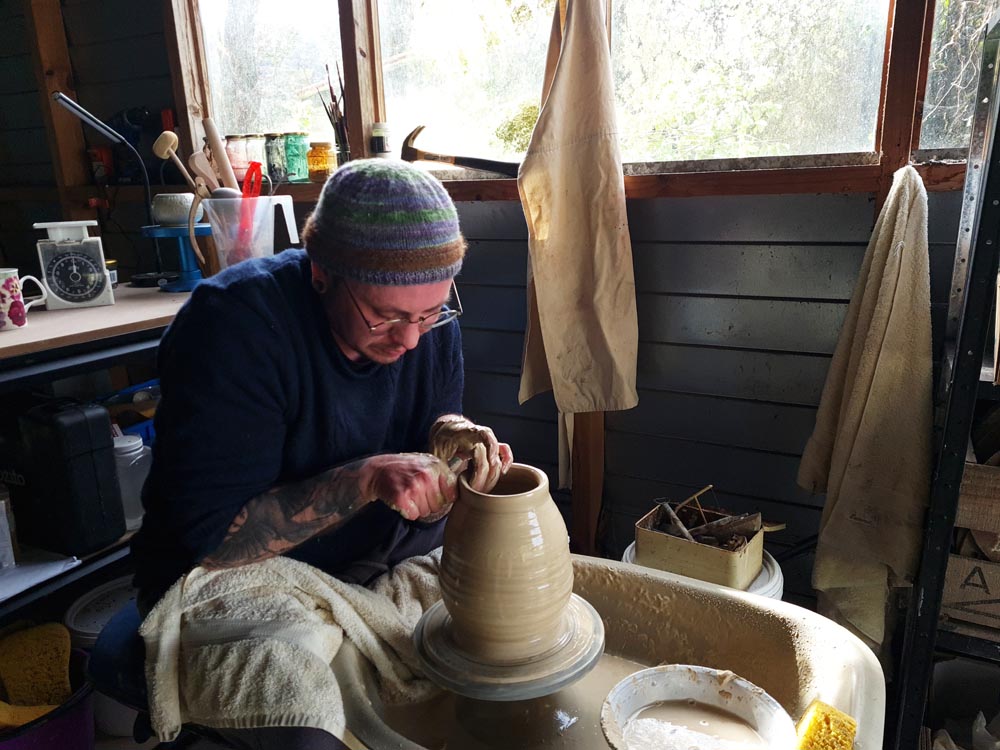 Stace, a disabled ceramicist, talks in the article about the value in “being able to speak from experience”.
Stace, a disabled ceramicist, talks in the article about the value in “being able to speak from experience”.
“To be able to say to an arts company, ‘Hey look, when I have to go around the back door and pass the rubbish bins to get to the step-free access, that doesn’t feel good.’ To be able to speak to it from how it feels as a person humanises the need for accessibility and encourages people to think, ‘Yes, we actually can do something about it’.”
The article ponders the secret to New Zealand’s success in dismantling barriers in the arts. “Rather than a single solution, the country’s approach is multi-pronged, incorporating government support, disability-led programming and dedicated advisors … ”
Tapatahi Accessibility Policy and Action Plan
It then discusses Creative New Zealand’s Tapatahi Accessibility Policy and Action Plan, released in March this year and co-created with a reference group comprising Deaf and disabled artists, and policy and disability rights advocates. Stace was a specialist advisor to the group and supported the process over two years.
It also highlights Auckland dance company Touch Compass, where 40 percent of the board, more than 50 percent of the staff and 100 percent of the leadership team have “lived experience of disability”.
The article points out that an estimated one in four people in New Zealand have a lived experience of disability or impairment. “While New Zealand (like many countries) has a ways to go in ensuring true access for all, the arts sector has visibly risen to the challenge.”
Arts Access Aotearoa’s vision is of a society where “All people in Aotearoa can access and participate in the arts’ and we’re grateful to be associated with all artists, producers, venues, and arts and cultural organisations creating the future.

